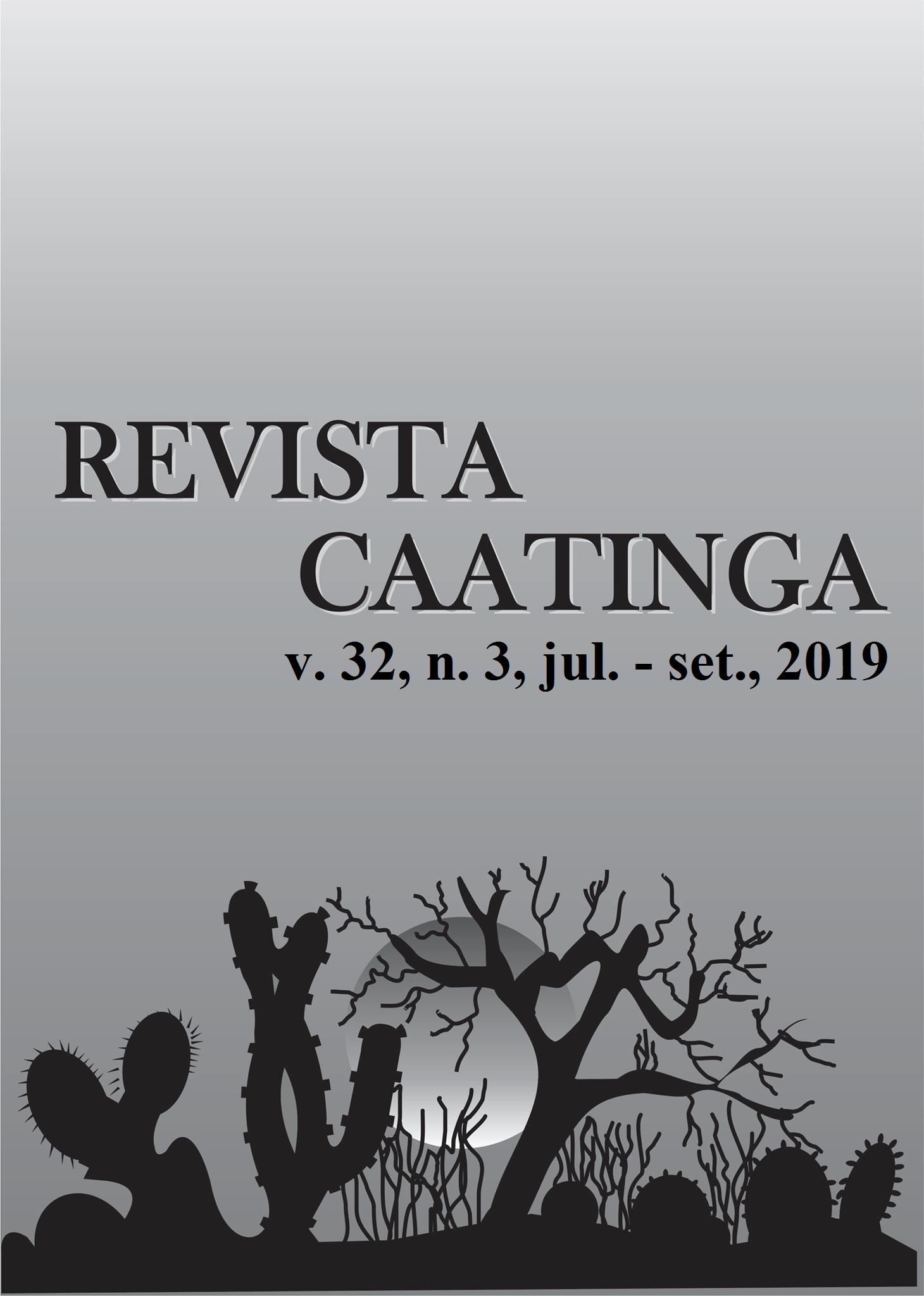AGRONOMIC POTENTIAL AND GENETIC DIVERSITY OF LANDRACES OF COWPEA OF THE STATE OF CEARÁ
DOI:
https://doi.org/10.1590/1983-21252019v32n314rcKeywords:
Vigna unguiculata. Genetic resources. Morphoagronomic characterization. ISSR markers.Abstract
Landraces are sources of genetic variability, especially with respect to alleles that confer tolerance to biotic and abiotic factors and, therefore, can aid breeding programs in the development of promising cultivars. However, it is necessary to know this genetic patrimony at a level that allows its alleged use in breeding programs. In this sense, the objective of this study was: (i) to identify cowpea landraces that present agronomic potential and (ii) to evaluate the genetic diversity for future cross-breeding. For this, two trials (coastal and sertão of the state of Ceará) were carried out in distinct periods for the morphological and agronomic characterization of eight landraces of the state of Ceará plus two control cultivars. Both assays were conducted in a randomized complete block design with four replicates. Additionally, the molecular characterization by ISSR markers was done. Due to the presence of interaction genotypes by environments, it was observed for the conditions of the coast (Fortaleza), the traditional variety Boi Deitado and the conditions of the sertão (Madalena) to Vinagre Barrigudo de Caldo, as the most indicated to be superior in grain yield and in other agronomic characters. In order to increase the genetic base of the cowpea, we suggest crosses between genotypes Boi deitado and Cojó for the generation of segregating populations of future breeding programs.
Downloads
Downloads
Published
Issue
Section
License
Os Autores que publicam na Revista Caatinga concordam com os seguintes termos:
a) Os Autores mantêm os direitos autorais e concedem à revista o direito de primeira publicação, com o trabalho simultaneamente licenciado sob a Licença Creative Commons do tipo atribuição CC-BY, para todo o conteúdo do periódico, exceto onde estiver identificado, que permite o compartilhamento do trabalho com reconhecimento da autoria e publicação inicial nesta revista, sem fins comerciais.
b) Os Autores têm autorização para distribuição não-exclusiva da versão do trabalho publicada nesta revista (ex.: publicar em repositório institucional ou como capítulo de livro), com reconhecimento de autoria e publicação inicial nesta revista.
c) Os Autores têm permissão e são estimulados a publicar e distribuir seu trabalho online (ex.: em repositórios institucionais ou na sua página pessoal) a qualquer ponto antes ou durante o processo editorial, já que isso pode gerar alterações produtivas, bem como aumentar o impacto e a citação do trabalho publicado (Veja O Efeito do Acesso Livre).







